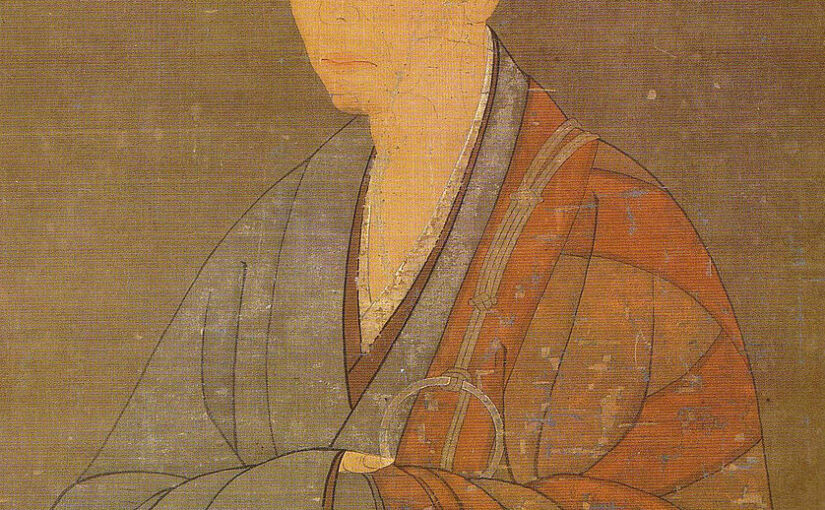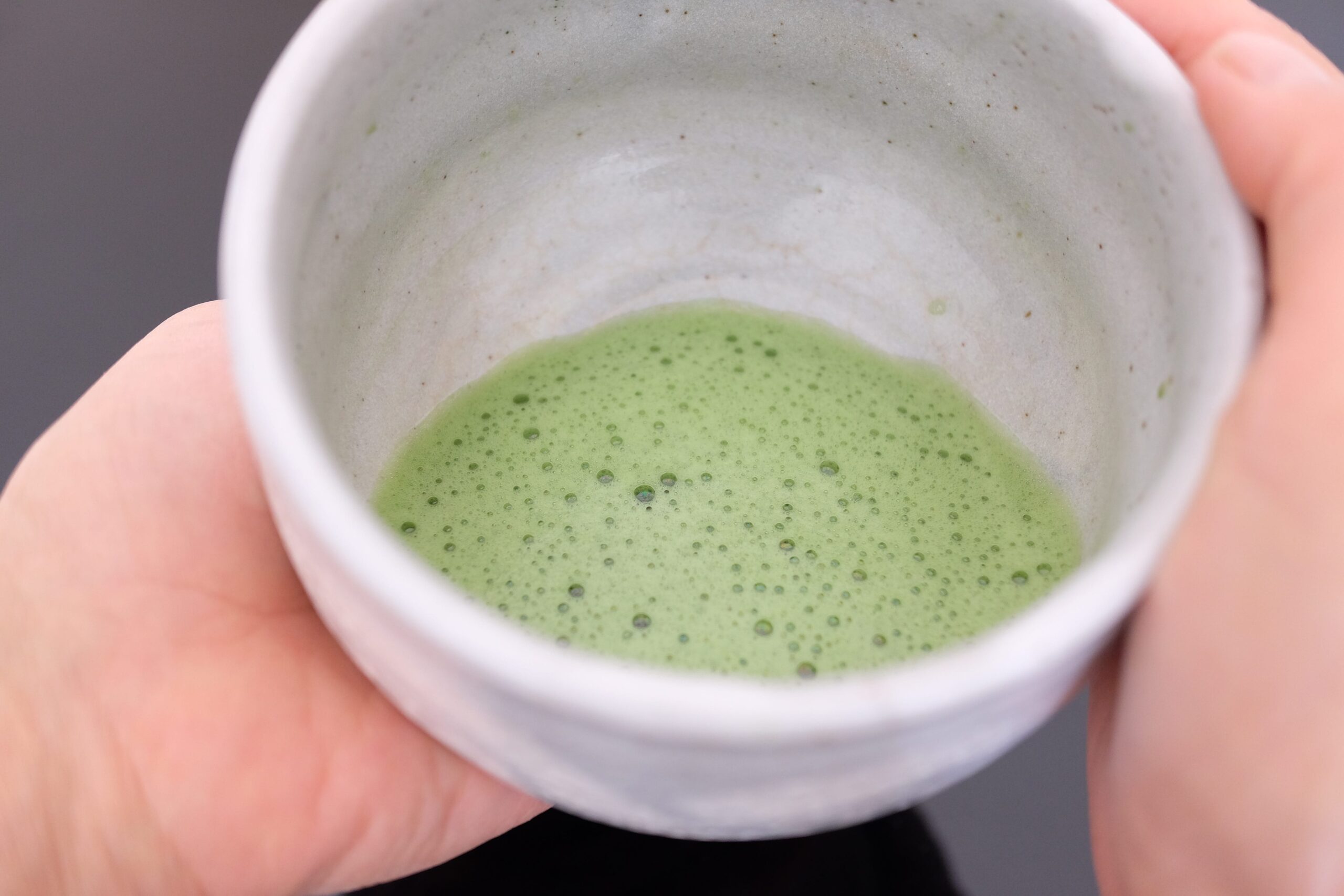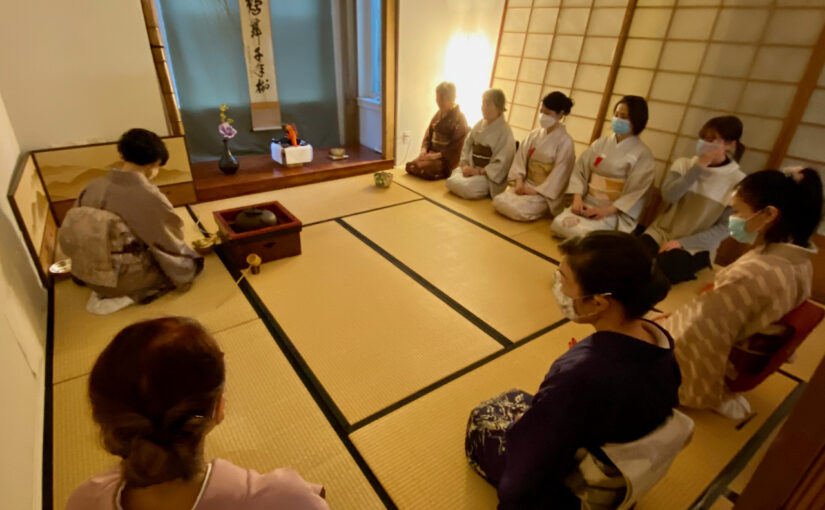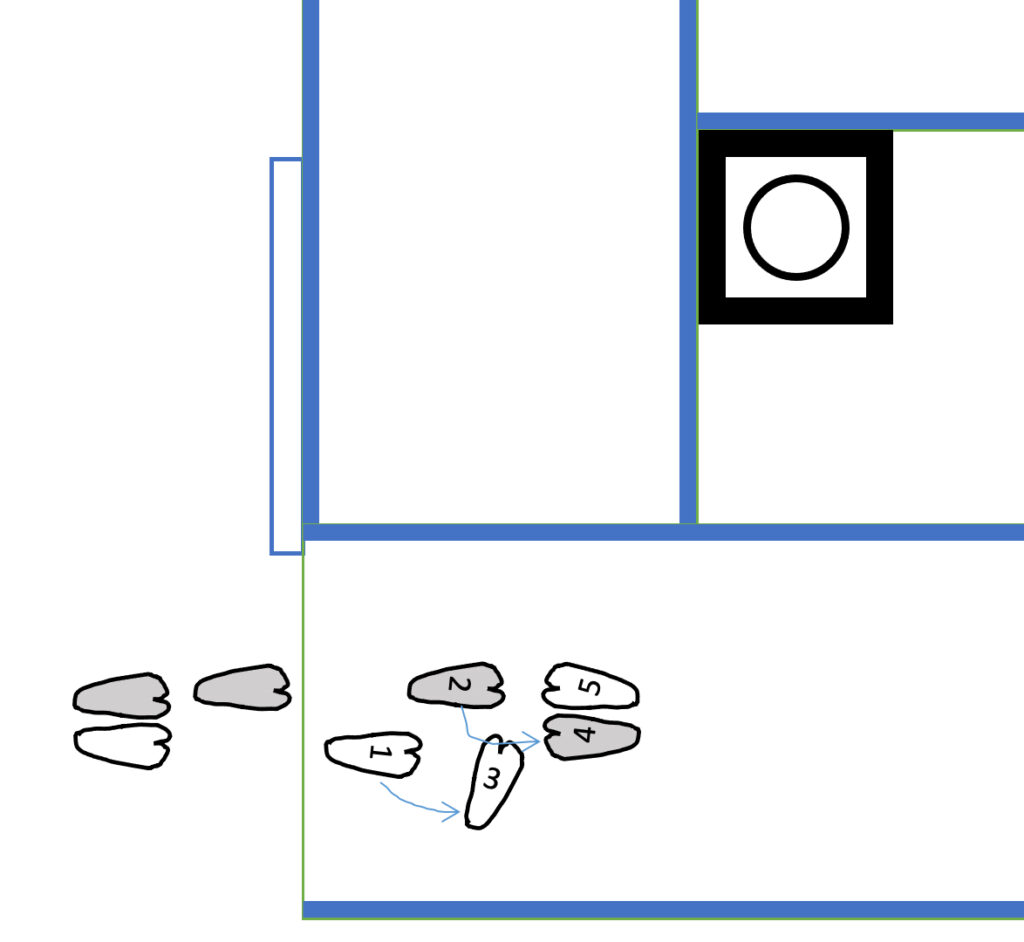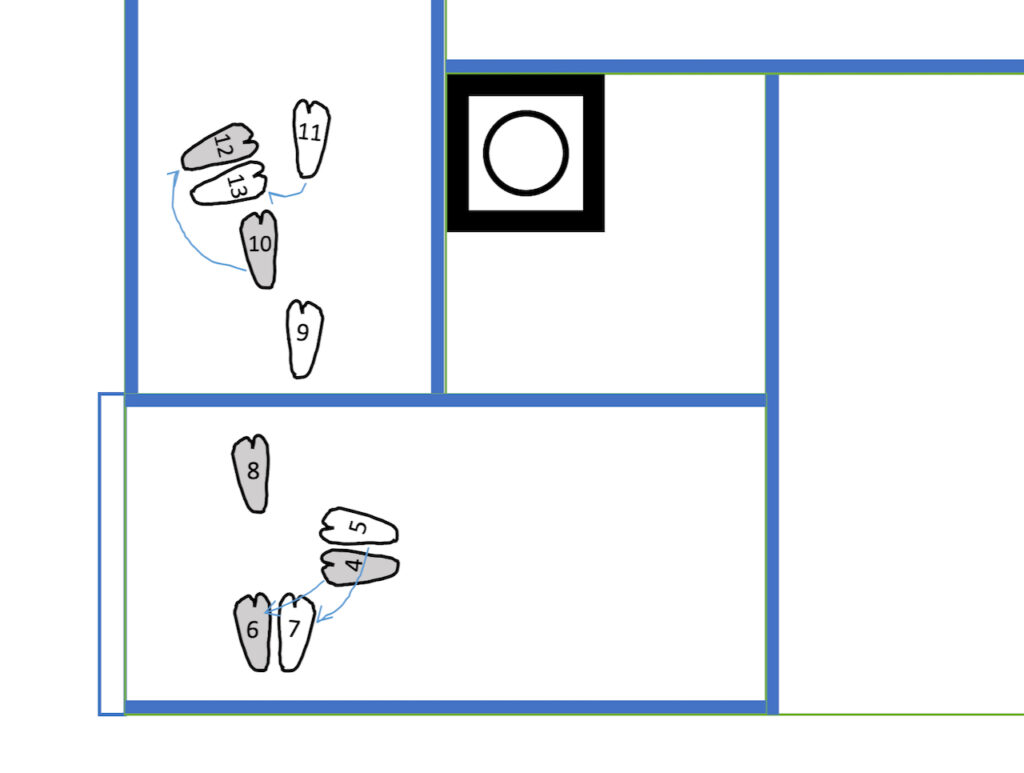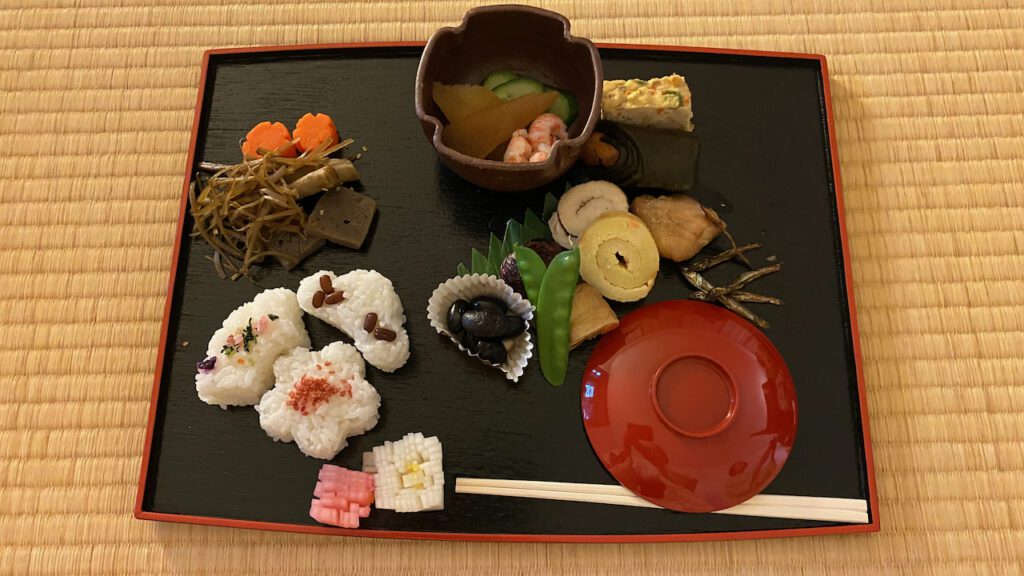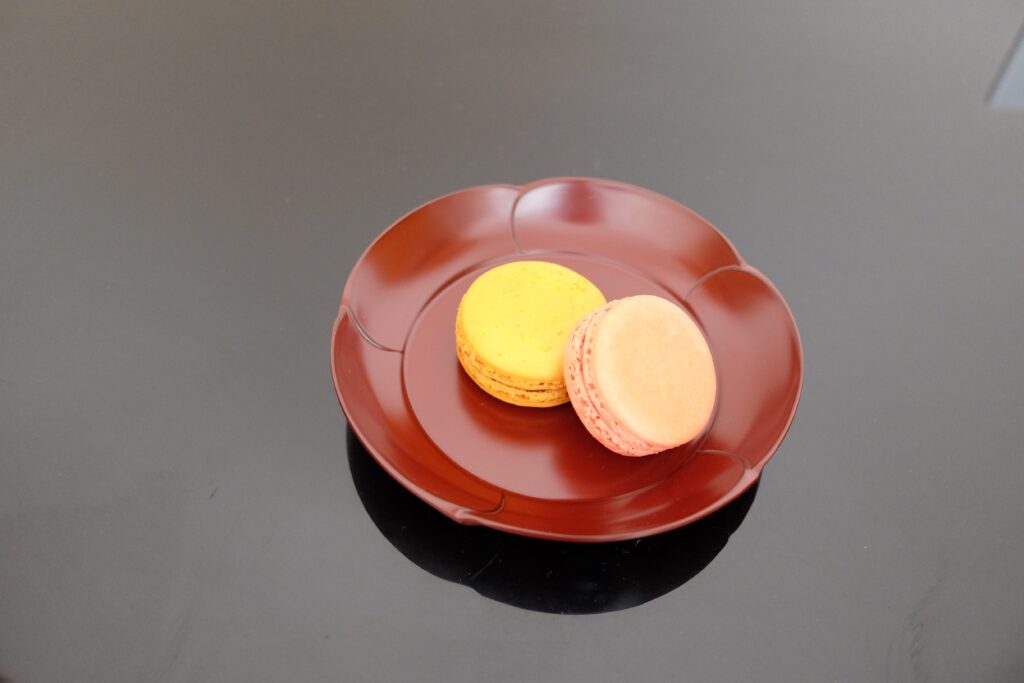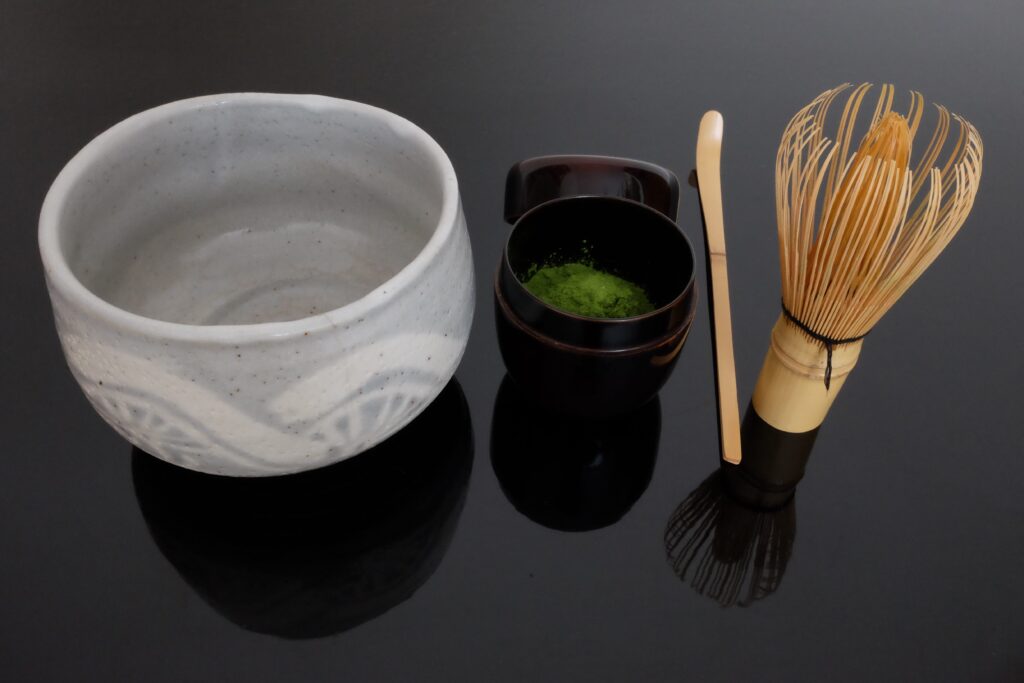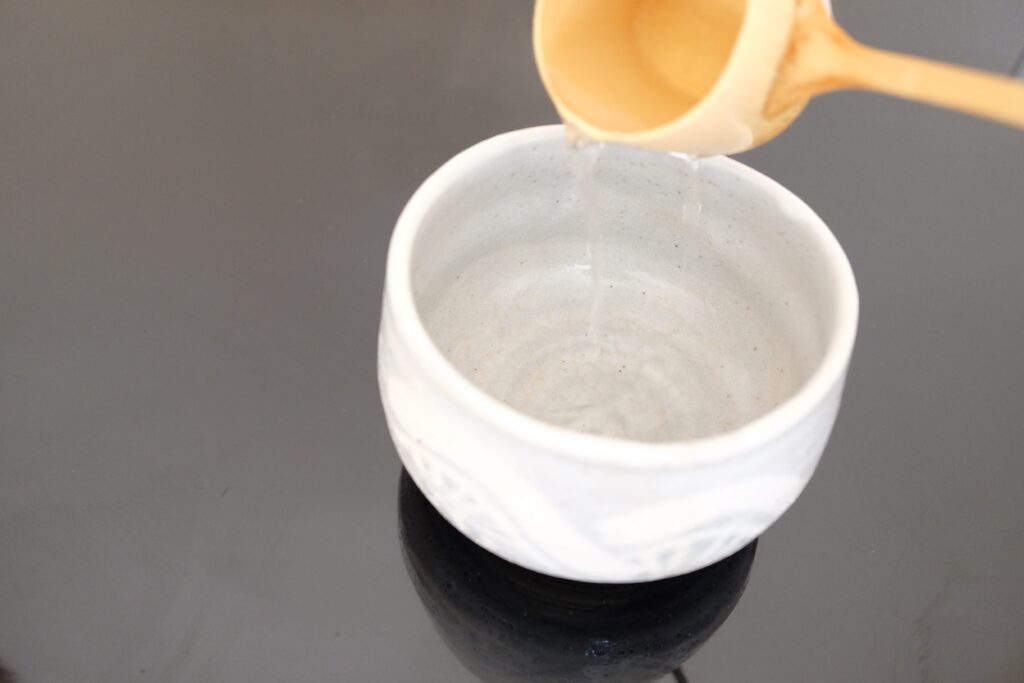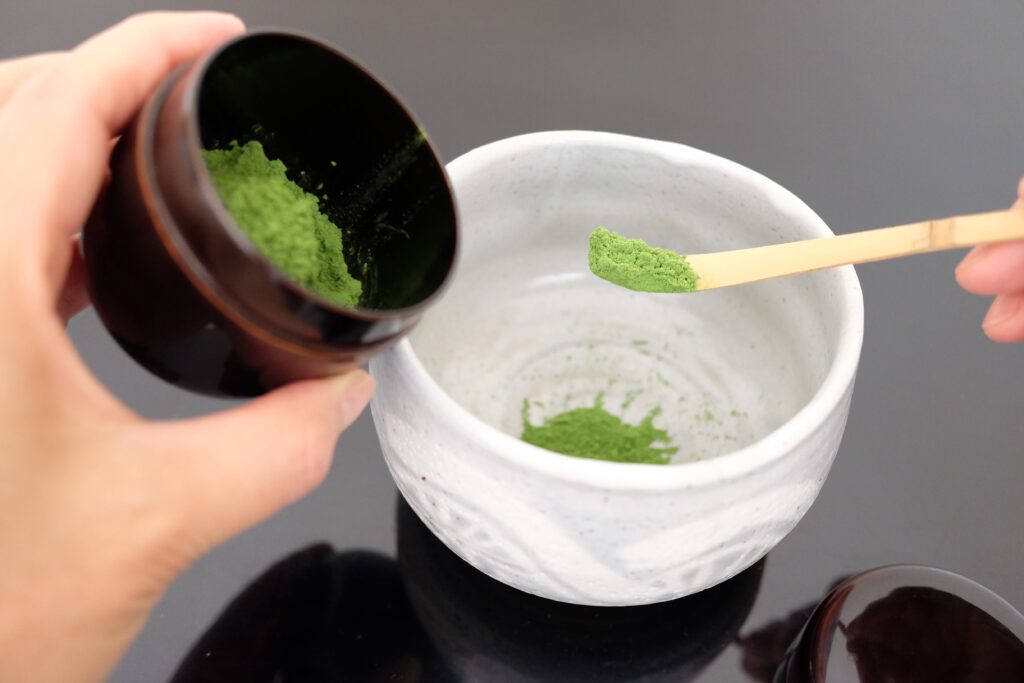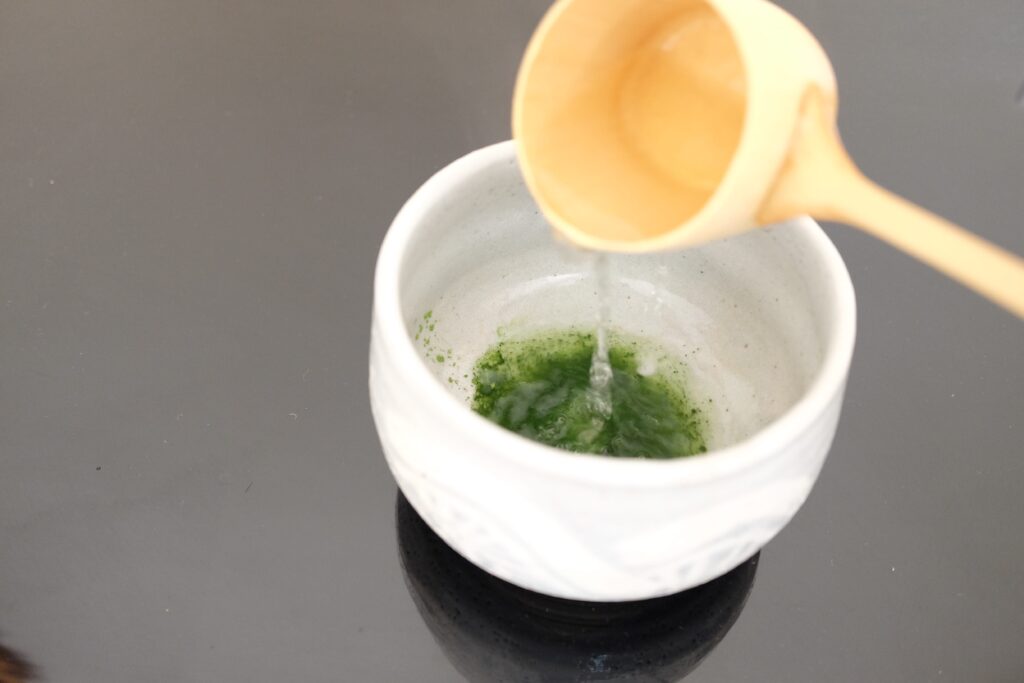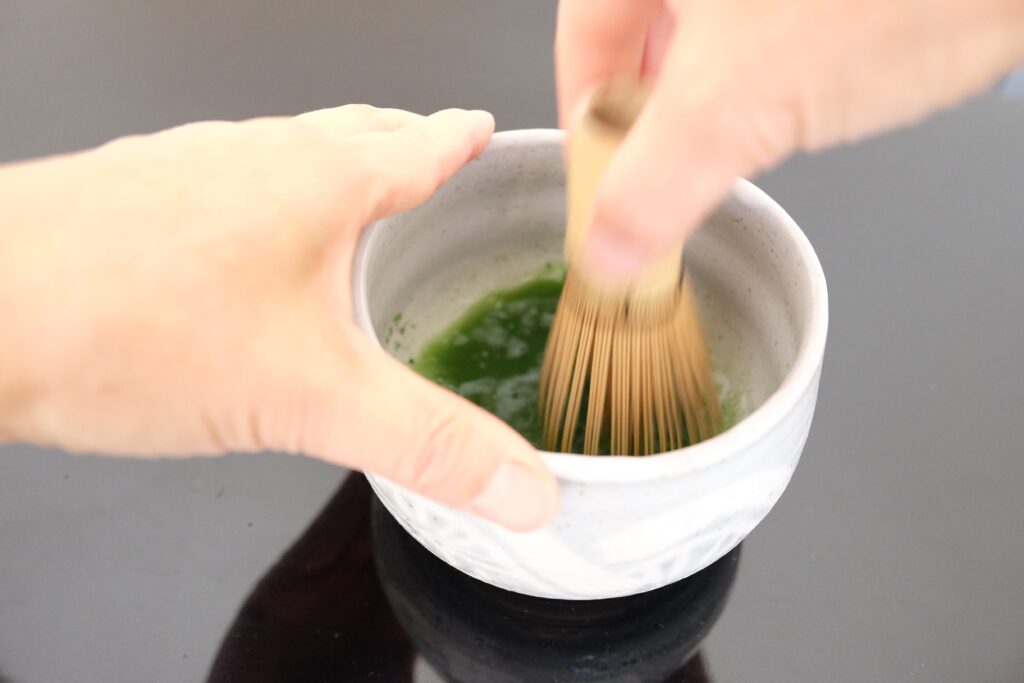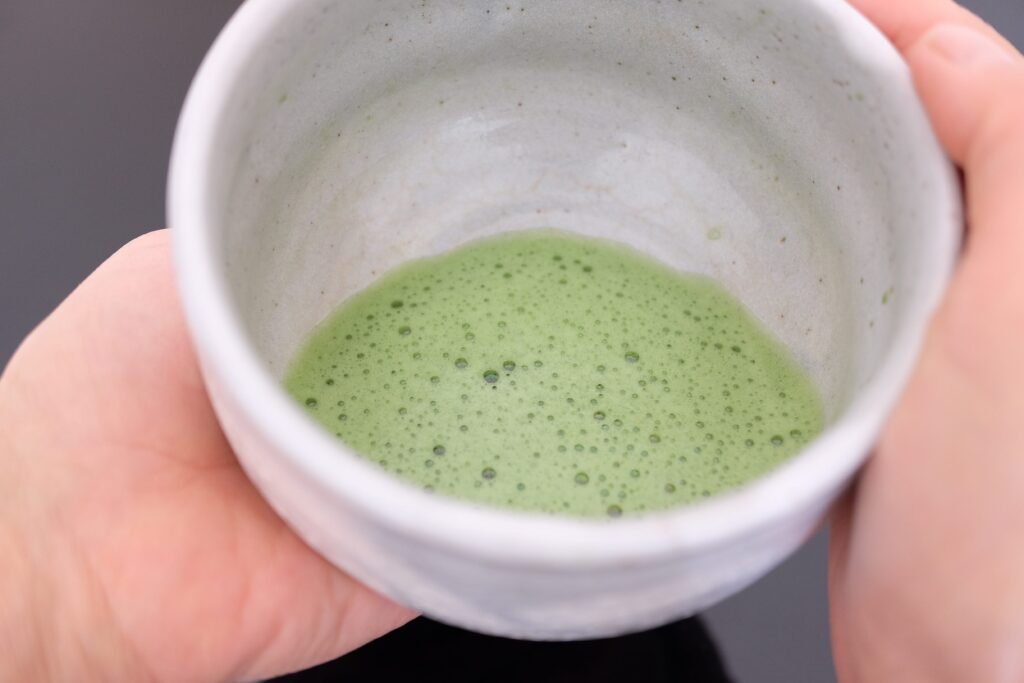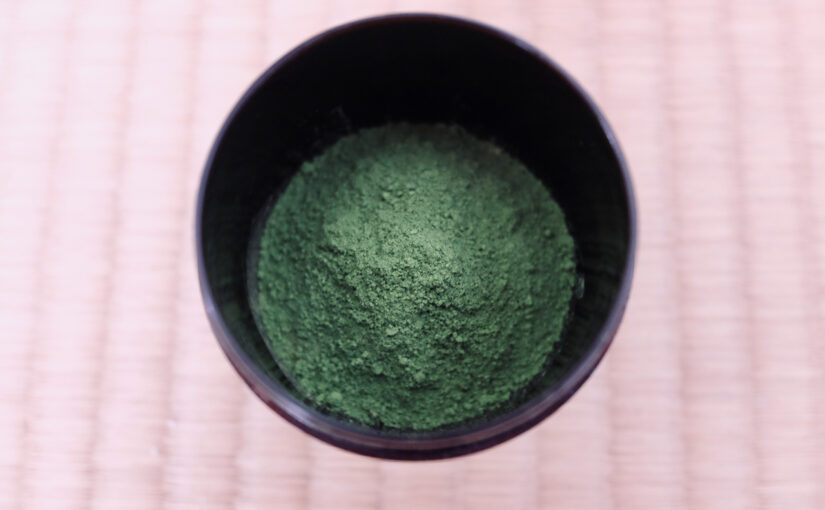In response to Dancing Elephants Prompt 18 of 52
Photo by Author Akemi Sagawa
Can you guess what these objects are?
How long do you think it took me to make these nine objects?
A young friend of mine asked me to serve her a bowl of tea. She was battling cancer, going through a series of chemotherapy, while raising two little kids. I’d be delighted, I responded.
What can I do to give her the best experience? I decided, why not make sweets, the appetizer and the companion for a bowl of Matcha green tea, myself rather than buying!
Having never made this type of sweets, I asked my teacher for advice. She recommended this YouTube video, so I decided to follow its instruction.
The day before the tea gathering, following the video, I prepared ingredients for the sweets: white bean paste and black bean paste.
I colored portions of the white bean paste in pink, orange, yellow, blue, and purple. I stacked the white, colored, white again, and black bean paste. Then I shaped it like a ball, wrapping the black bean paste with the outer layer of white bean paste.
Then time to engrave the surface of the ball shape sweets, using a toothpick. One line at a time. First you carve four lines to create the shape of the cross. Then you carve in the middle of the two lines to divide the space into eight. Then again divide it into 16.
Switch the side of the toothpick, and make a slit in between the lines in the different direction. Carve the lines deep enough to show the colored portion, but not too deep to show the black bean paste.
The moment my mind meandered and started to think about something different, the tip of the toothpick meandered, too. In order to carve straight, I had to empty my mind. It was meditative. My mind and my hands were in harmony.
Yes, it was a tedious process. It took me three hours to make these nine pieces from start to finish. But I felt good. The next day my friend enjoyed the sweets.
Almost six months on, my friend is cancer free. Maybe my sweets helped her a little bit?

